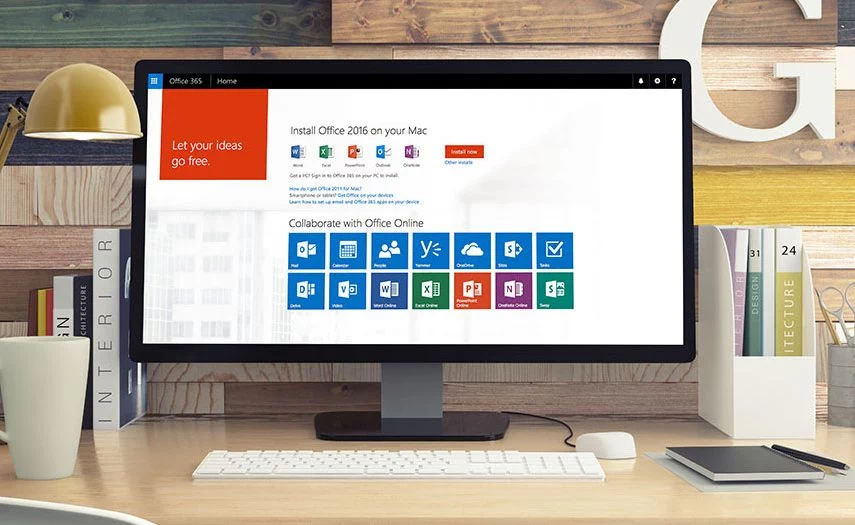Microsoft Office 365 is the most popular cloud-based suite of integrated apps used by businesses around the world. While you may have mastered many of the well-known capabilities in Office 365, there will probably be a few that you aren’t aware of. To help you out, we’ve compiled a list of useful but little-known features that will greatly improve your productivity.
Office 365 features to boost your productivity:
1. De-clutter your Outlook inbox
Use the de-clutter feature in Outlook to keep your inbox clean from junk mail. By marking unwanted messages as ‘Clutter’, the system will keep a record and use machine-learning technology to automatically identify and move similar messages to the ‘Clutter’ folder as they arrive. Alternatively, you can also tell Outlook to ‘ignore’ the conversation so you no longer see irrelevant replies in emails you’ve been copied into.
2. Restore previous file versions
Whether you’re working on a document as a team or solo, you can avoid time-consuming rewrites by accessing previous file versions. Go to SharePoint and open the file you want to see previous versions for. Click File > Info and select View. A tab will open allowing you to see all previous versions of the document. From there you can compare content and restore prior changes if desired.
3. Microsoft Teams
Microsoft Teams is a chat-based communication and collaboration platform designed to simplify group work. Through its integration with other Office 365 services, Microsoft Teams offers user access to shared files and calendars. It also allows collaborative editing and easy switching between voice, video, and text chat.
To learn more about Microsoft Teams including its setup and features, click here.
4. Office 365 Groups
With Office 365 Groups, you can create shared public or private virtual workspaces where team members can connect, collaborate, and share documents. Groups can be used for a specific project, for the management team, and for departments. The options are endless. When you subscribe to a Group, all email messages and calendar events from that group are sent to your inbox and stored in the group folder.
You’ll find your Office 365 Groups in the navigation pane on the left in Outlook desktop or on the Web. You can also add groups to your ‘favourites’ list in Outlook for quick access.
Learn more about how to use Office 365 group here.
5. Use Smart Lookup
Smart Lookup allows users to research a word or phrase in their document without opening new windows or switching between tabs. This feature is especially useful for those on mobile devices. When you’re writing or editing a document in Office 365, simply highlight a word or phrase, right-click, and select “Smart Lookup.” From there you can retrieve top search results for the word or phrase without leaving the document.
6. OneNote content sharing
OneNote notebook is the ideal application for storing documents that are continually updated by you and the team. As a cloud-based platform, it facilitates on-the-go productivity between your workplace computer, mobile phone, and tablet by providing continuous, secure access to living documents.
From your notebook, you can share contents with any Outlook contact by selecting File > Share and choosing between “Read Only” and “Edit” permission. You can also share a single page with anyone – even an individual without an Office 365 account – by retrieving a direct link from File > Share > Get a Sharing Link.
7. OneNote and Outlook Calendar Sync
If you write a to-do list in OneNote, you can quickly convert it into a set of tasks and deadlines in your Outlook calendar. You can also add calendar meeting details such as topic, agenda, attendees, location, and date into your OneNote. By doing this you can have a detailed overview of your daily activities in OneNote while receiving calendar reminders for them.
In OneNote, select the words that you want to be your task. From the menu that appears, click the arrow next to the Outlook Tasks button and choose a reminder. A flag appears next to your task in OneNote when your task has been added to Outlook.
Talk to our IT professionals if you have any questions about any of the features above or would like more tips on how to work smarter with Office 365.





